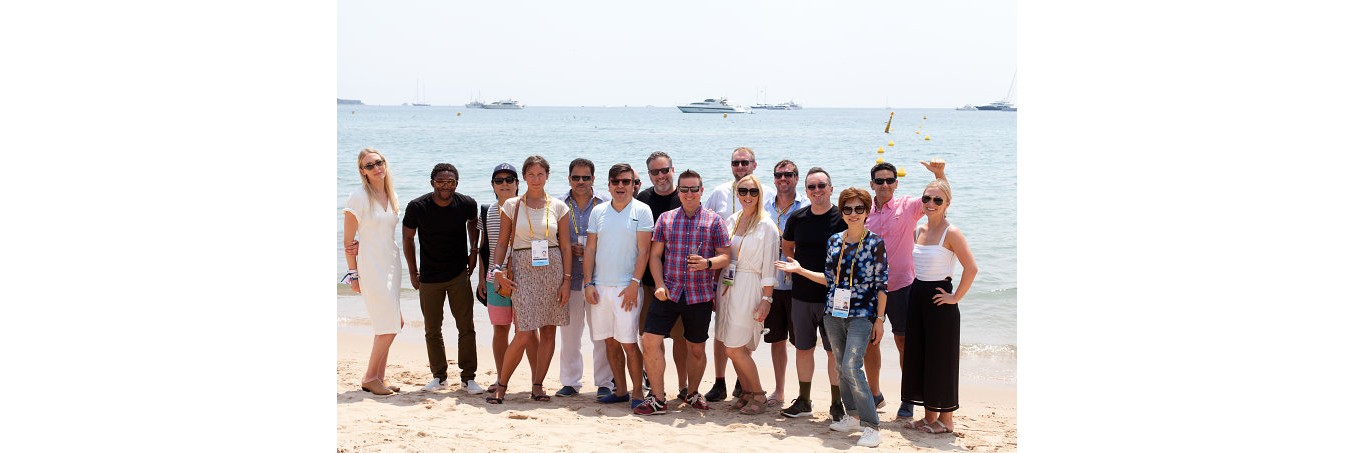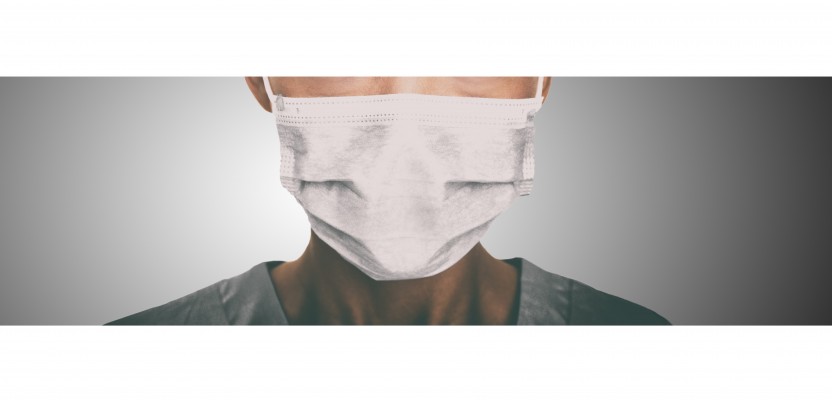All the foreign media suggested that those markets where the Coronavirus had not yet arrived, that they should prepare for a possible community outbreak in each of their localities, some did, but the marketing areas in Chile were more reactive and they had to implement a crisis plan just when the Chilean authorities suggested staying home and subsequently forcing them to quarantine. Very few commercial and marketing teams developed a business continuity plan to ensure that all communications teams were up to date, in order to define how to act in the event of an eventual outbreak in the country. It became essential to define a crisis leader to execute an operational plan in the creative agencies and marketing teams, only the most mathematicians raised a benchmark on what was done in previous pandemics (SARS) and planned possible scenarios before the arrival of the virus, mapping stakeholders and aligning them to possible contingencies. The independent Chinese agency, Sinclair, in its case study "COVID-19: Recovery Planning for Brands" establishes it very clear that the impact would have been less in each business if we had prepared for the pandemic. It suggests that we should have reviewed all the internal and external communication channels, the content channels and had developed the support campaigns for the first line, giving clear instructions on what to do to the communication, marketing and, of course, aligning their teams. creative and media agencies, once the epidemic hits. The logical thing was that as companies or marketing leaders we must prepared for the arrival of COVID-19 in Chile, some did, most did not, and surely we have already learned the lesson if crises of this kind come tomorrow.
This study points out that the path to recovery has a well-defined cycle (contrary to a social crisis, which could last for years) in four stages: pre-outbreak, outbreak, containment and reactivation; and which timing should not exceed 5 months (at least that was the case in China). The truth is that all of us who live from brands, all we want is for this recovery to be as soon as possible and independent of the actions we are taking at this moment, this crisis has generated shocking changes in normal life and consumption as we knew it and it is what I will comment below.
We used to have breakfast, go to drop the children off at school, then go to the office, go out to a meeting with a client or a supplier, hours later we would go to the restaurant of the moment to have lunch, after work go to a happy hour with friends, going to watch a movie, going to the shopping mall, having a coffee with someone, going for a run in the park or just walking the dog, all these were activities that we did with absolute normal until the outbreak of COVID-19. All this behavior or way of life and consumption that we had has changed with this pandemic, it has moved into our homes and has become a new economy: the homebound economy, with data and consumption patterns very defined and whose concept is already handled globally (there are already several articles about it) and that once this closure ends, it will affect the way in which we will consume some products and services, in what is already called “the new normal”.
Probably you as a marketer, as a creative or as a simple consumer are already part of this new normal and new economy; and consciously or not, your behavior and consumption patterns has changed: anxiety and fear are "sine qua non" conditions, safety and hygiene become a true sport within the home, we are looking for tranquility (sport, yoga, meditation), glued to the cell phone following news about the contagion, following communications via WhatsApp, we monopolized all the products we could, social distancing became habitual, we began to make happy hours online (House Party app) quite naturally, we lowered expenses, we used the financial supports that we can choose, home-work and home-schooling are day to day, online shopping is already a hobby, we are looking for new ways to entertain ourselves at home, hyper active at home like never before , we respond well to the messages and positive stimuli of those brands that offer support or that have a message that meets the circumstances and emerges a feeling of community resilience, with neighbors, with colleagues, with the garbage dump, with the community, with everyone.
This new reality or new normal is going to stay forever, even when the COVID-19 has passed, the consumer has discovered the value of being at home even if it is difficult to carry this situation within minutes, they have dedicated time to online shopping and they have become much more rational and searching, comparing products and prices like never before. They will be very excited to return to this new normal, at the same time they will be optimistic but with great caution in what they consume or what they use, paying close attention to cost, so that offers and promotions will be a continuum. It must be remembered that it also have accumulated consumption, which although it has managed to satisfy it through e-commerce or market places (including sales by WhatsApp), in some categories the experience has not been replaced or substituted, as in the case of restaurants, live events, costumes, beauty salons, meeting physically, gyms, retail, shows, museums, among many others. Of course, this reactivation will not be quick, the consumer will go to places where they feel safe and therefore brands must take actions to have their points of sale sanitized and with standards that convey or guarantee that tranquility. We are learning new behaviors that will stay once the market begins to recover.
As marketers and creatives we must be very aware of the indicators that the government is giving as a way of monitoring and deciding what we are doing at each stage, we must not remain silent, on the contrary, we have to proactively participate with our audiences with simple messages that show care, support and above all a lot of positivism. When we see in the news that COVID.19 is in its containment stage or simply when the number of infected people stop increasing, it is time to plan the reactivation strategy, we must have the campaigns already developed and ready to implement in all contact points. And these should have a clear call to action and a tone close (to the heart), remember that not only is your business or brand in recovery, so are our consumers and customers. When everything is reactivated, they will too, but with caution and taking care of their family budget. It will be in a state of new normal and our marketing and creativity strategies must also be adapted to it.
Welcome to the new normal.



